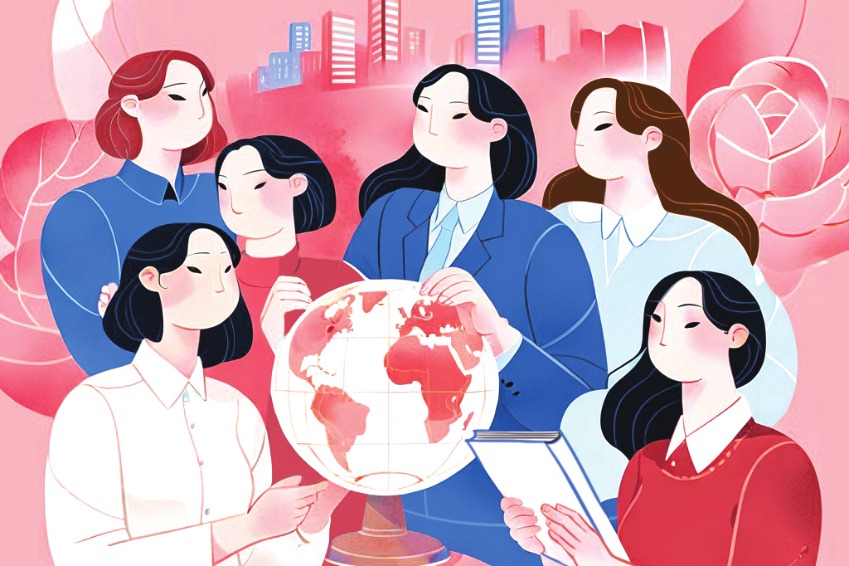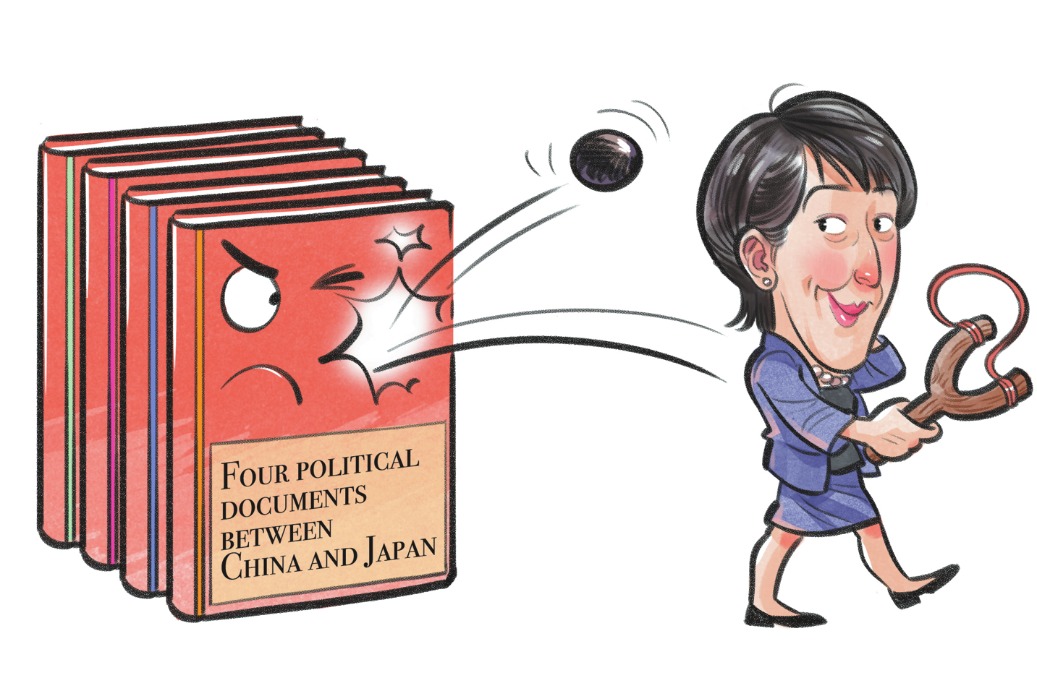Right to development key to all-round progress


Editor's note: The right to development is not an abstract concept but is intrinsically linked to employment, education, healthcare and a dignified life for every individual. China News Service spoke to Chang Jian, director of the Center for the Study of Human Rights at Nankai University, about China's development-based human rights path. Below are excerpts from the interview. The views don't necessarily represent those of China Daily.
Promoting all-around advancement of human rights and personal development necessitates the proper handling of the relationship between the right to development and various human rights, while guaranteeing economic, social, political, cultural and environmental rights. If the right to development is realized, all human rights advance in coordination, truly promoting the well-rounded development of people.
China will continue to support the human rights cause through sustained and steady economic growth. Efforts must continue to address urban-rural and regional imbalances in rights protection, providing robust guarantees that all people can enjoy equal human rights.
Modernization is a stage of rapid development and often leads to imbalances, which can render development unsustainable due to social issues.
The proposition of the right to development is a direct response to the imbalances during the modernization process and is crucial for healthy and sustainable development. On the one hand, the right to development emphasizes providing fairer opportunities for late-developing countries. On the other, it stresses special protection for disadvantaged groups within nations during the modernization process.
The well-rounded development of all people requires the realization of common prosperity for all and the coordinated advancement of material and cultural-ethical civilization. Therefore, China regards the right to development as the basic human right and views the development of the nation, society and every individual as its primary task.
To promote the equal protection of the right to development and ensure that different social strata and groups share the fruits of progress, the Chinese government is focusing on four key aspects.
First, optimizing the income distribution structure to narrow the wealth gap. China insists on keeping the growth of personal income in step with economic growth, and increases in labor remuneration in step with improvements in labor productivity. The country is continuously raising the income of low-income groups and expanding the middle-income group. Furthermore, it is intensifying the regulating force and precision of redistribution while leveraging the role of tertiary distribution.
Second, concentrating on poverty alleviation and rural vitalization to narrow the urban-rural gap. China has ensured that rural residents don't have to worry about food and clothing and are provided guaranteed compulsory education, basic medical services and safe housing.
Third, implementing the coordinated regional development strategy to narrow regional gaps. This includes promoting the large-scale development of the western region, the full revitalization of Northeast China and the advancement of the central region.
Fourth, implementing targeted protection policies for specific groups such as the low-income population, the elderly and persons with disabilities, which involves continuously improving the urban and rural subsistence allowance systems for them.

































